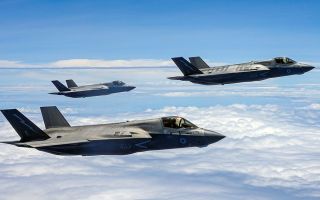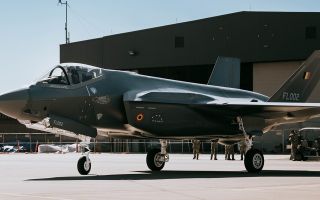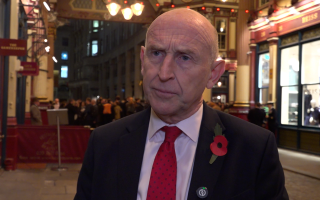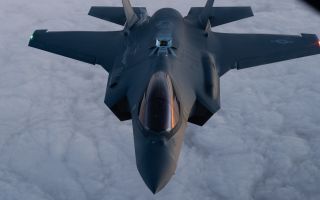How the military stages a civilian evacuation from a dangerous or unstable country
When British nationals need to be evacuated from hotspots worldwide, British military personnel are often called upon to help.
British troops in Cyprus are currently preparing for a potential evacuation of Lebanon as tensions in the Middle East continue to escalate.
These Non-Combatant Evacuation Operations, or NEOs as they are known, are something the UK Armed Forces train for.
But an NEO is a complex process, so how do they work?
The decision to evacuate a country is made by the Foreign and Commonwealth Development Office (FCDO) in London.
In order for the military to become involved, the Foreign Secretary makes a formal request to the Defence Secretary for assistance, with the Chief of the Defence Staff then appointing the overall NEO commanders.
From here, the Joint Commander, usually the Chief of Joint Operations, runs the mission from Permanent Joint Headquarters at Northwood in northwest London.
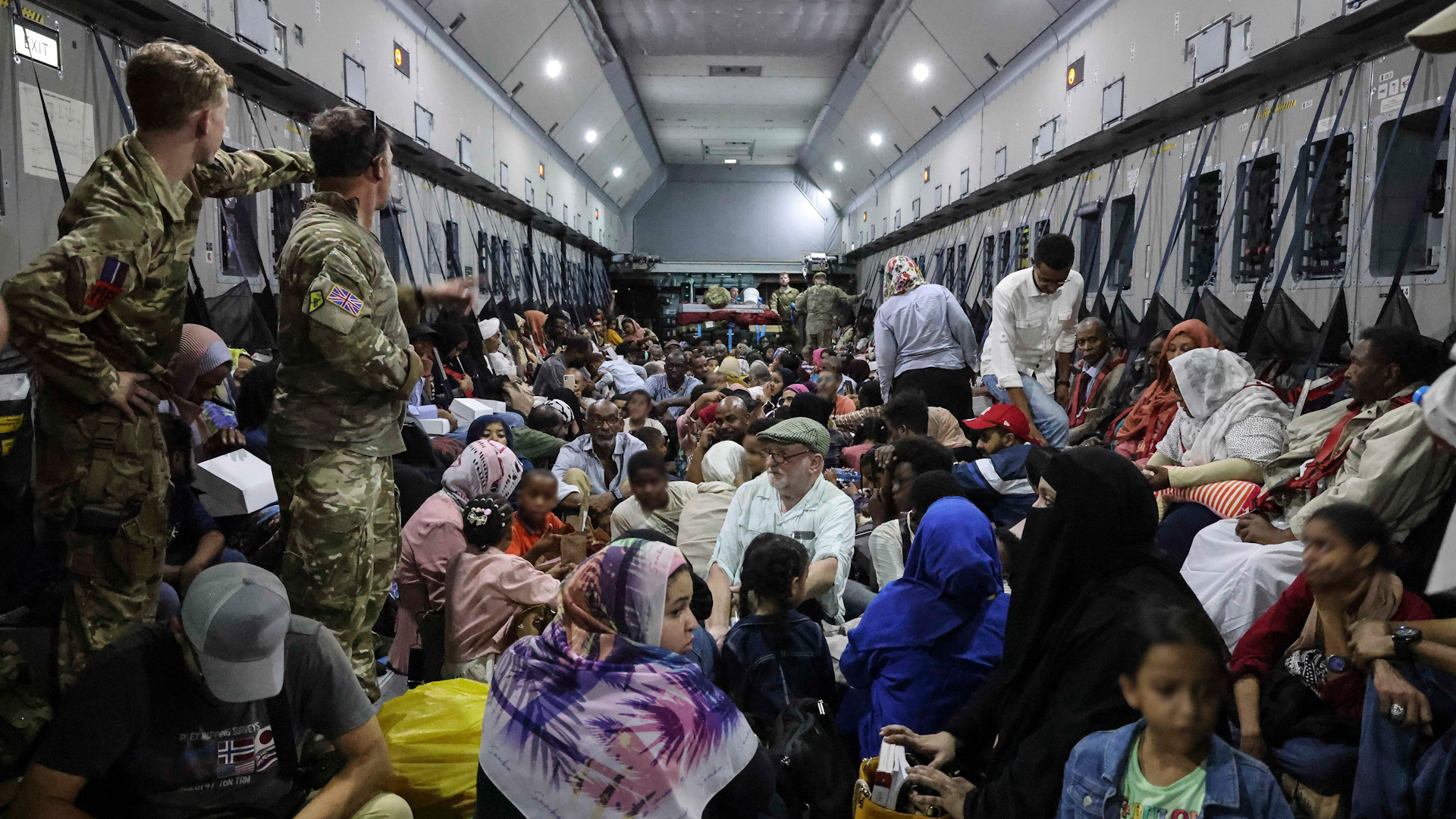
They are responsible for deploying and sustaining forces during an evacuation, as well as bringing them home safely.
"There will be people who, on very short notice, stand by to execute this sort of operation," said retired Colonel Hamish de Bretton-Gordon, a former NEO planner.
"There will be contingency plans, there will be plans to do these types of operations all over the place. These would've been recced, rehearsed, by Foreign Office and military planners who will identify suitable airfields and suitable ports.
"The other key thing that the Foreign Office and the MOD (Ministry of Defence) will be looking at is intelligence that's being gathered – so exactly what the situation is on the ground.
"It might well be that there is fighting in one part of the country which would preclude some airfields there, therefore the Foreign Office and the MOD will choose other airfields and ports to use," he added.
UK's history of military evacuations
The UK has carried out a number of Non-Combatant Evacuation Operations, most recently in South Sudan.
In 2023, the UK completed the largest and longest Western evacuation from the east African country.
This saw 2,450 people evacuated on 30 flights, with the evacuation supported by the RAF.
In 2006, the UK military evacuated 4,000 Britons from Beirut after war broke out between Israel and Hezbollah.
Five years later, the RAF and UK Special Forces flew oil workers out of the Libyan desert after the country erupted into a violent revolution.
Additionally, HMS Cumberland ferried hundreds of UK nationals from Benghazi to safety in Malta.
But it was the evacuation of Afghanistan – codenamed Operation Pitting – that showed most clearly the complexity and dangers of organising an NEO.
With the Taliban closing in on the Afghan capital of Kabul, 1,000 personnel deployed to the city's airport to help extract 15,000 individuals in two weeks.
It was the largest humanitarian aid operation since the Berlin Airlift in 1948.
Is it legal for the UK to enter another country to evacuate British citizens?
In some cases, the country in question may give permission for the UK to enter to carry out a Non-Combatant Evacuation Operation.
But, in most cases, where law and order have broken down, intervention is justified on grounds of national self-defence under Article 51 of the UN Charter.
Mr de Bretton-Gordon said: "They (the military) will have very strict rules of engagement and they will have all been briefed on that.
"At the end of the day, they are there to protect and save lives. So, I am sure if it is required for them to take their rules of engagement out, and if they do have to engage to save lives, then that will happen.
"But it is very much dependent on the situation on the ground, and the commanders on the ground will be dealing with this."

